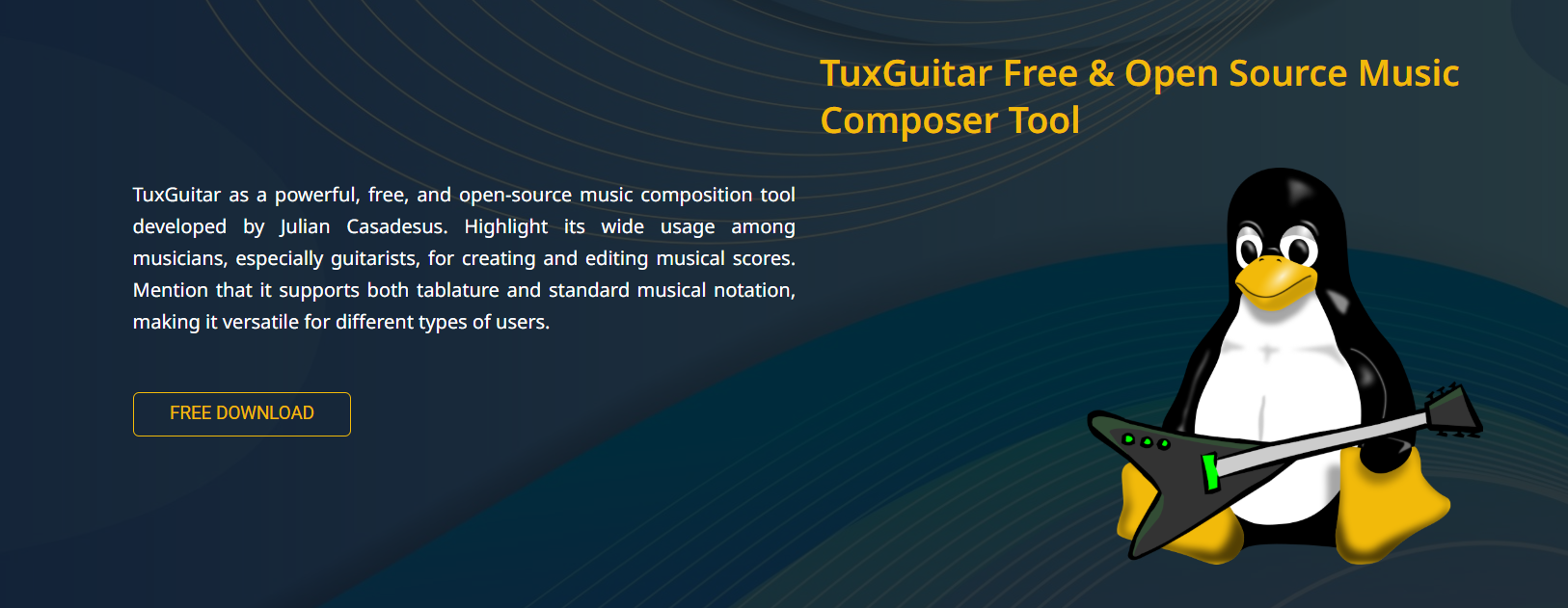TuxGuitar stands out as a versatile open-source tool for guitarists, bassists, and musicians seeking an effective tab editor and music composition software. Installing TuxGuitar correctly on popular platforms, such as Windows and Linux, ensures users can fully leverage its capabilities. Understanding the installation process on these systems simplifies setup and helps avoid common pitfalls.
This guide provides a step-by-step walkthrough for installing TuxGuitar on Windows and Linux. It covers prerequisites, download options, configuration, and troubleshooting tips. Following these instructions helps users achieve a seamless installation experience.
Mastering installation lays the foundation for exploring TuxGuitar’s powerful editing, playback, and multi-track features. It enables musicians to begin composing, practicing, and sharing music quickly and efficiently.
Installing TuxGuitar on Windows
System Requirements
Before installation, ensure the Windows system meets the minimum requirements. These typically include Windows 7 or later versions, a 32-bit or 64-bit processor, and a minimum of 512 MB of RAM. Additionally, TuxGuitar requires the Java Runtime Environment (JRE) installed for proper execution.
Downloading the Installer
The official TuxGuitar website offers a Windows installer executable (.exe). Users should download the latest stable version to benefit from recent improvements and security updates. Downloading from trusted sources reduces the risk of corrupted or malicious files.
Installation Steps
- Run the downloaded executable file.
- Follow the on-screen prompts to select the installation directory and options.
- Choose whether to create desktop shortcuts and associate file types.
- Wait for the installation process to complete.
- Launch TuxGuitar from the Start menu or by using a desktop shortcut.
Java Runtime Environment Setup
If JRE is not installed, users must download and install it separately. TuxGuitar depends on JRE for running on Windows. Installing the latest Java version ensures compatibility and performance.
Installing TuxGuitar on Linux
Supported Linux Distributions
TuxGuitar supports popular Linux distributions, including Ubuntu, Debian, Fedora, and Arch Linux. Installation methods vary depending on the package management system used by the distribution.
Manual Installation from Source
For users seeking the latest development version or encountering repository limitations, compiling from source is an alternative. Steps include:
- Download the source code from the official TuxGuitar repository.
- Extract the archive and navigate to the source directory.
- Install necessary dependencies, including JRE and build tools.
- Use build commands (such as make and ant) to compile the program.
- Run the compiled executable to launch TuxGuitar.
Post-Installation Configuration and Troubleshooting
Verifying Java Installation
Confirming that the Java Runtime Environment is correctly installed and accessible is crucial. Running java -version in the terminal (Linux) or command prompt (Windows) verifies the Java installation.
Handling Permission Issues
On Linux, permission errors can occur during installation or execution. Using sudo for administrative privileges or adjusting file permissions resolves most issues.
Updating TuxGuitar
Regularly checking for updates ensures access to new features and bug fixes. Linux users can update through package managers, while Windows users should download new installers from the official website.
Common Error Fixes
Issues such as missing libraries, incorrect Java versions, or corrupted files can hinder usage. Reinstalling Java, cleaning installation folders, or reviewing system logs assists in diagnosing problems.
Essential Tips for Smooth Installation
- Always download TuxGuitar from official or trusted sources
- Ensure Java Runtime Environment is installed prior to setup
- Use package managers on Linux for easier dependency handling
- Keep software updated to benefit from the latest fixes and features
Differences Between Windows and Linux Installations
Installation Complexity
Windows installation involves a graphical installer with guided steps, making it accessible for users unfamiliar with command-line tools. Linux installations may require command-line interaction, especially when compiling from source.
Dependency Management
Linux package managers handle dependencies automatically, making setup easier. Windows users manually manage Java installation, but generally face fewer dependency issues.
Customization Flexibility
Linux users benefit from greater control over installation options and source compilation. Windows installation is streamlined but less customizable.
Platform-Specific Installation Notes
- Windows requires a separate Java installation for TuxGuitar to run
- Linux package managers simplify installation, but may lag ithe nthe latest versions
- Manual compilation on Linux offers access to cutting-edge features
- Windows installers provide a straightforward setup experience
Enhancing Performance Post-Installation
Configuring Audio Settings
TuxGuitar allows configuration of audio output devices and MIDI settings. Adjusting these can improve playback quality and reduce latency.
Optimizing Java Settings
Modifying Java memory allocation and performance options may enhance stability, especially for large projects.
Integrating External SoundFonts
Loading custom SoundFont files enriches playback sounds, making compositions more realistic.
Post-Installation Enhancement Tips
- Adjust audio and MIDI settings for optimal playback
- Increase Java memory allocation for better performance
- Use high-quality SoundFonts to improve sound realism
- Regularly back up projects to prevent data loss
Conclusion
Installing TuxGuitar on Windows and Linux involves straightforward processes tailored to each platform’s characteristics. Windows users benefit from guided installers, while Linux users enjoy flexible package management and source compilation options. Ensuring Java Runtime Environment is properly set up is essential across platforms. Post-installation configuration and maintenance enhance software performance, providing a solid foundation for music composition and tab editing. Following these instructions helps musicians quickly access TuxGuitar’s powerful features on their preferred operating system.

